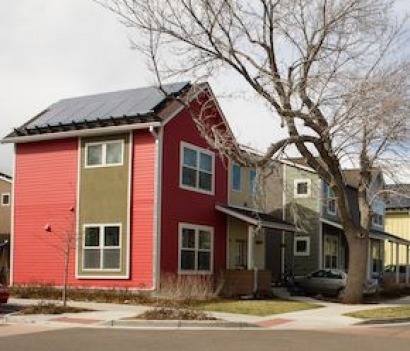
The report provides estimated data about photovoltaic (PV) capacity in the 24 countries reporting to the IEA PVPS Programme. At least 134 GW of PV are now installed worldwide, while in 2013, for the first time in a decade, Asia became the leading region in terms of PV deployment.
Among the IEA's major findings is that after two years of market and industry consolidation, the PV market grew again in the 2013. In total, about 36.9 GW of PV capacity were installed in the IEA PVPS countries and the other major markets during 201.
his raised the total installed capacity in IEA PVPS countries to 123.2 GW with another estimated 10.8 GW of capacity installed in other major countries.
After several years of rapid growth and a stabilization in 2012, the PV market grew in 2013 to at least 36.9 GW.
The Asia Pacific region represented around 59 percent of the global PV market in 2013, a premiere in more than a decade. While Europe still represented 59 percent of this global market in 2012, its market share fell to 28 percent, a consequence of a reduced market in Europe and a growing global PV market.
The PV market in the Americas went above 5 GW for the first time. The Middle East and Africa remain regions in development for the PV market. However, the most important growth was observed in China which has progressed quickly and was the very first market in 2013 with 11.3 GW of PV systems connected to the grid. The second largest market in 2013 was Japan with 6.9 GW, ahead of the USA, with 4.75 GW and finally the first European market was Germany at 3.3 GW.
The annual PV contribution to electricity demand has passed the 1 percent mark in 15 countries, with Italy at the top with at least 7.8 percent and the overall European PV contribution amounting to around 3 percent of Europe’s electricity demand. Australia, Japan and Israel have also passed the 1 percent mark but larger consumers of electricity such as China or the USA will require more PV capacity to reach this threshold.
Finally, the report says, PV has become a major source of electricity extremely rapidly in several countries all over the world. The speed of its development stems from its unique ability to cover most market segments; from the very small individual systems for rural electrification to utility-size power plants (today above 250 MW). PV finds its way, from the built environment to large ground-mounted installations, depending on various criteria that make it suitable for most environments.
For additional information:

